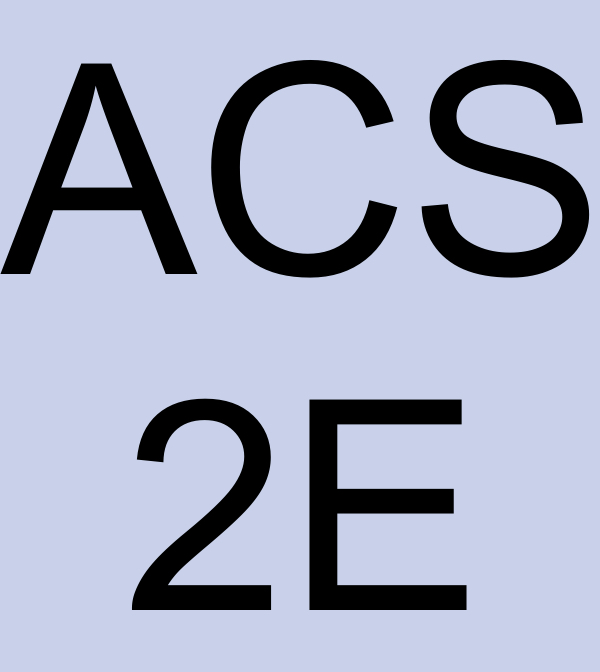Activity 8.6.2.
In this activity we approximate the values of several different alternating series using the Alternating Series Estimation Theorem.
(a)
Use the fact that \(\sin(x) = x - \frac{1}{3!}x^3 + \frac{1}{5!}x^5 - \cdots\) to estimate \(\sin(1)\) to within \(0.0001\text{.}\) Do so without entering “\(\sin(1)\)” on a computational device. After you find your estimate, enter “\(\sin(1)\)” on a computational device and compare the results.
(b)
Recall our recent work with \(\int_0^1 e^{-x^2} \, dx\) which can be expressed as the series
\begin{equation*}
\int_0^1 e^{-x^2} \, dx = 1 - \frac{1}{3} + \frac{1}{2! \cdot 5} - \frac{1}{3! \cdot 7} + \cdots + \frac{(-1)^n}{n! \cdot (2n+1)} + \cdots\text{.}
\end{equation*}
Use this series representation to estimate \(\int_0^1 e^{-x^2} \, dx\) to within \(0.0001\text{.}\) Then, compare what a computational device reports when you use it to estimate the definite integral.
(c)
Find the Taylor series for \(\cos(x^2)\) and then use the Taylor series and to estimate the value of \(\int_0^1 \cos(x^2) \, dx\) to within \(0.0001\text{.}\) Compare your result to what a computational device reports when you use it to estimate the definite integral.
(d)
Recall we know that if \(|x| \lt 1\text{,}\) then
\begin{equation*}
\ln(1+x) = x - \frac{1}{2}x^2 + \frac{1}{3}x^3 - \cdots + (-1)^{n-1} \frac{1}{n} x^n + \cdots\text{.}
\end{equation*}
What happens if \(x = 1\text{?}\)
Explain why the series \(1 - \frac{1}{2} \cdot 1^2 + \frac{1}{3} \cdot 1^3 - \cdots + (-1)^{n-1} \frac{1}{n} \cdot 1^n + \cdots\) must converge and estimate its sum to within \(0.01\text{.}\) What is the exact sum of this series?

